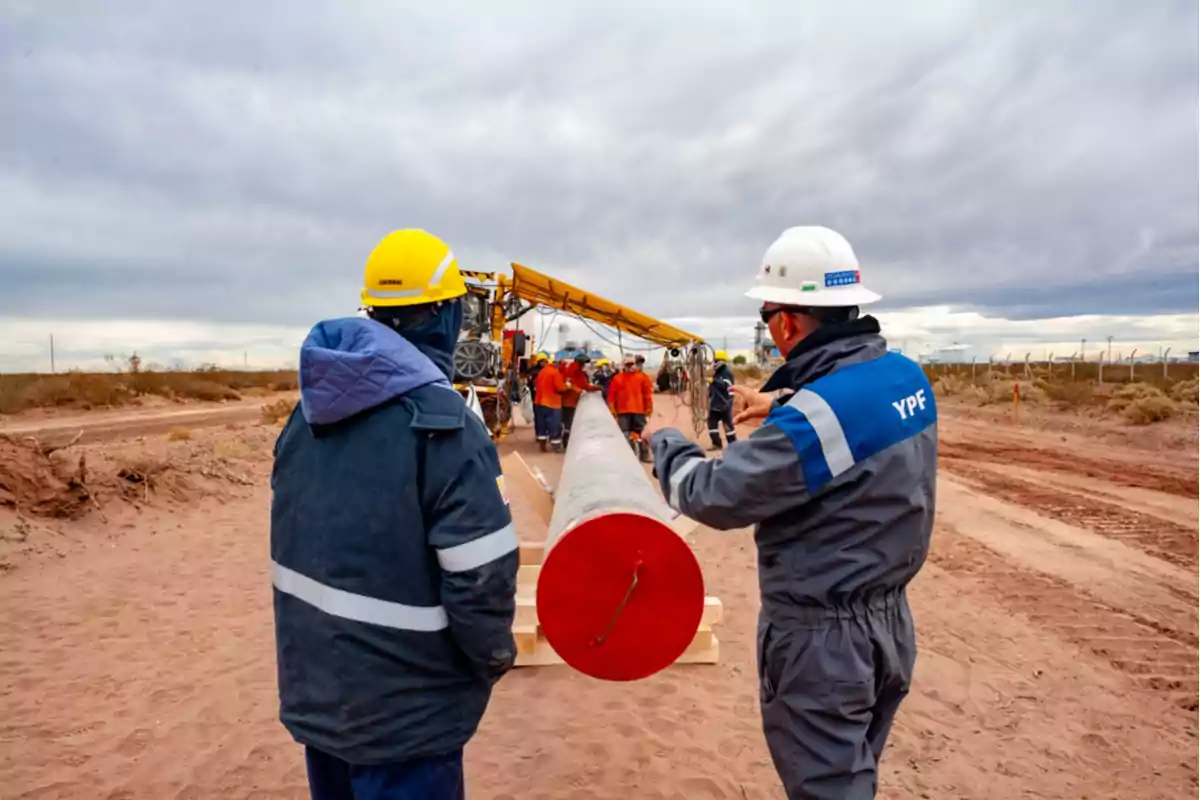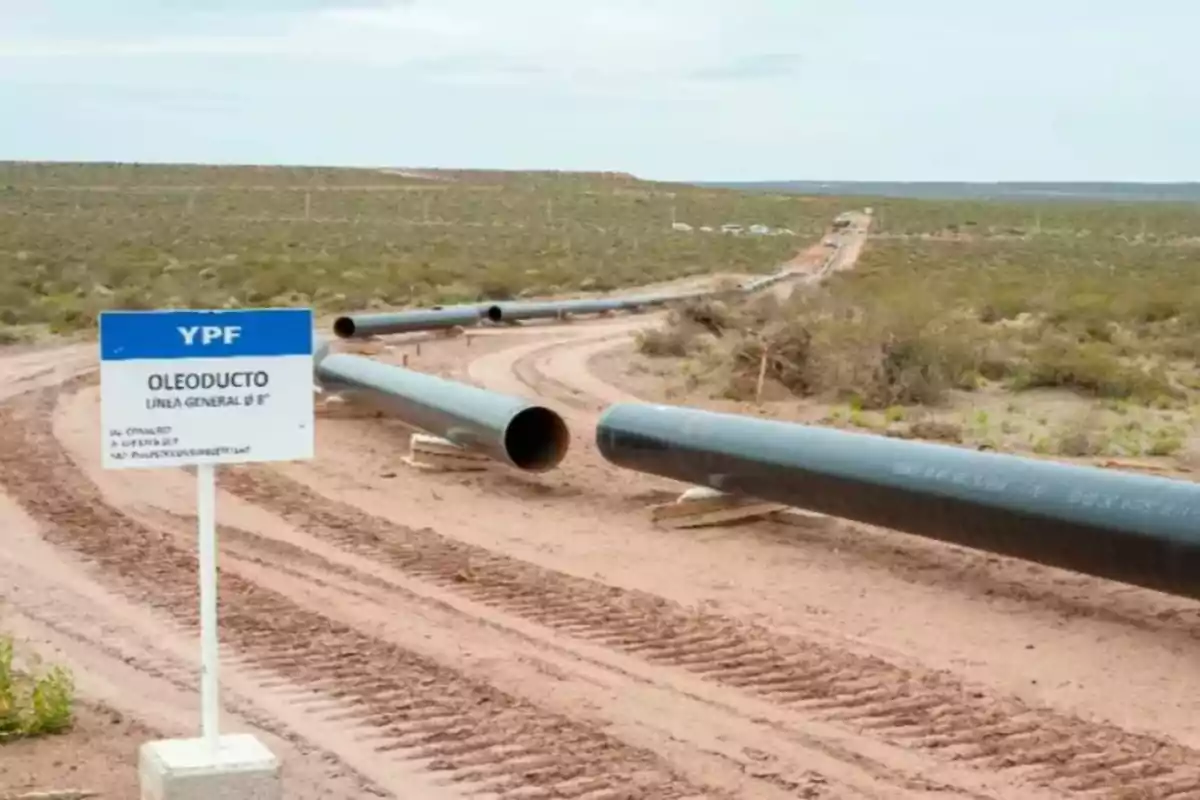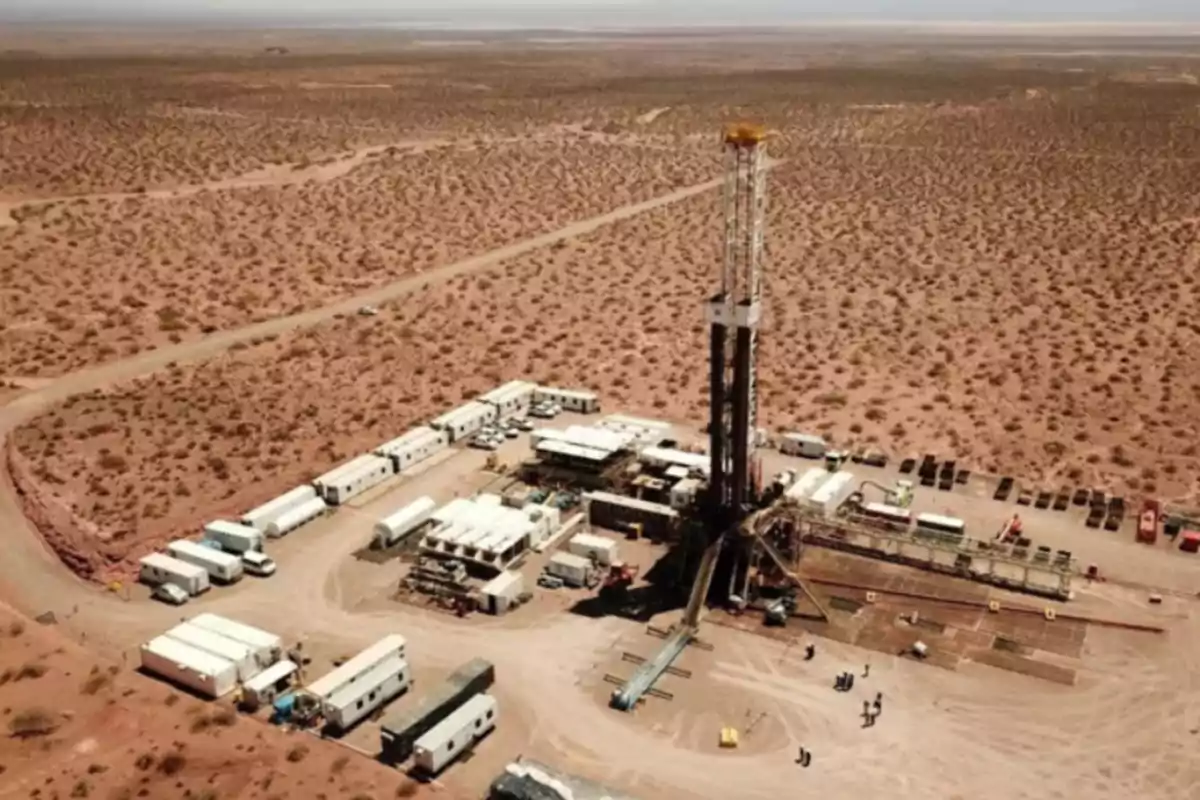
The Government approved VMOS's entry into RIGI: USD 2.9 billion investment
The VMOS pipeline is considered an essential link in Argentina's energy strategy
The national government formalized the entry of the Vaca Muerta Oil Sur (VMOS) megaproject into the Incentive Regime for Large Investments (RIGI), within the framework of an investment that could exceed USD 2.9 billion. The measure, which was confirmed through resolution 302/2025, foresees the construction of a key oil pipeline for the country's energy development.
This new pipeline, which will cover 430 kilometers (267 miles) between Neuquén and Río Negro, will be driven by a consortium of companies led by YPF, along with Pan American Energy (PAE), Vista, Pluspetrol, Pampa Energía, Chevron, and Shell.
The most ambitious project of Vaca Muerta
The VMOS Project was officially approved on March 6, 2025, and includes the construction of a pipeline with an initial capacity to transport 377,400 barrels of oil per day, a figure that could be expanded to 700,000 barrels per day in a second stage. This infrastructure will be key to boosting shale oil production in the Vaca Muerta formation, considered the fourth-largest reserve of this type of hydrocarbon in the world.
According to energy sector sources consulted by Infobae, the initiative seeks to increase crude evacuation capacity to the main export ports and allow business expansion into international markets, mainly Asia. In that sense, it is expected that the pipeline will be operational in the second half of 2027, when it could begin to dispatch up to 550,000 barrels per day.

A strategic project for the Argentine economy
The investment plan includes a scheme of 70% debt financing and 30% equity, and has already secured an initial syndicated loan of USD 1.7 billion from five international banks. The rest of the financing will be covered by the companies that make up the consortium.
YPF reported that the construction of the project began in January of this year, with the mobilization of contractors, earthworks, and the delivery of pipes. The company also clarified that, in parallel, they continue to manage the approval of additional government permits and secure the closure of financing.
The government set as a condition that, during the first two years from the date of notification of the resolution, the Single Project Vehicle (SPV) must accredit an investment in computable assets equivalent to 20% of the minimum investment amount, as established in article 40 of decree 749/24. Additionally, the maximum deadline to meet the total investment is December 31, 2028.

Record exports and benefits for the energy sector
The VMOS pipeline is considered an essential link in Argentina's energy strategy. It is expected that the additional transport capacity will allow exports of more than USD 15 billion annually, a figure that could reach USD 20 billion in 2027, depending on the evolution of oil prices.
The design of the pipeline also facilitates connection with Very Large Crude Carriers (VLCC), large tanker ships that allow crude to be transported to more distant markets with lower logistical costs. "Integration with the VLCC will be key to improving the competitiveness of Argentine crude in Asia," consortium sources explained to Infobae.

In addition to the economic impact, the VMOS Project strengthens YPF's position as the main shale oil producer in the region and marks an important step for the consolidation of Vaca Muerta as a world-class energy hub.
More posts: